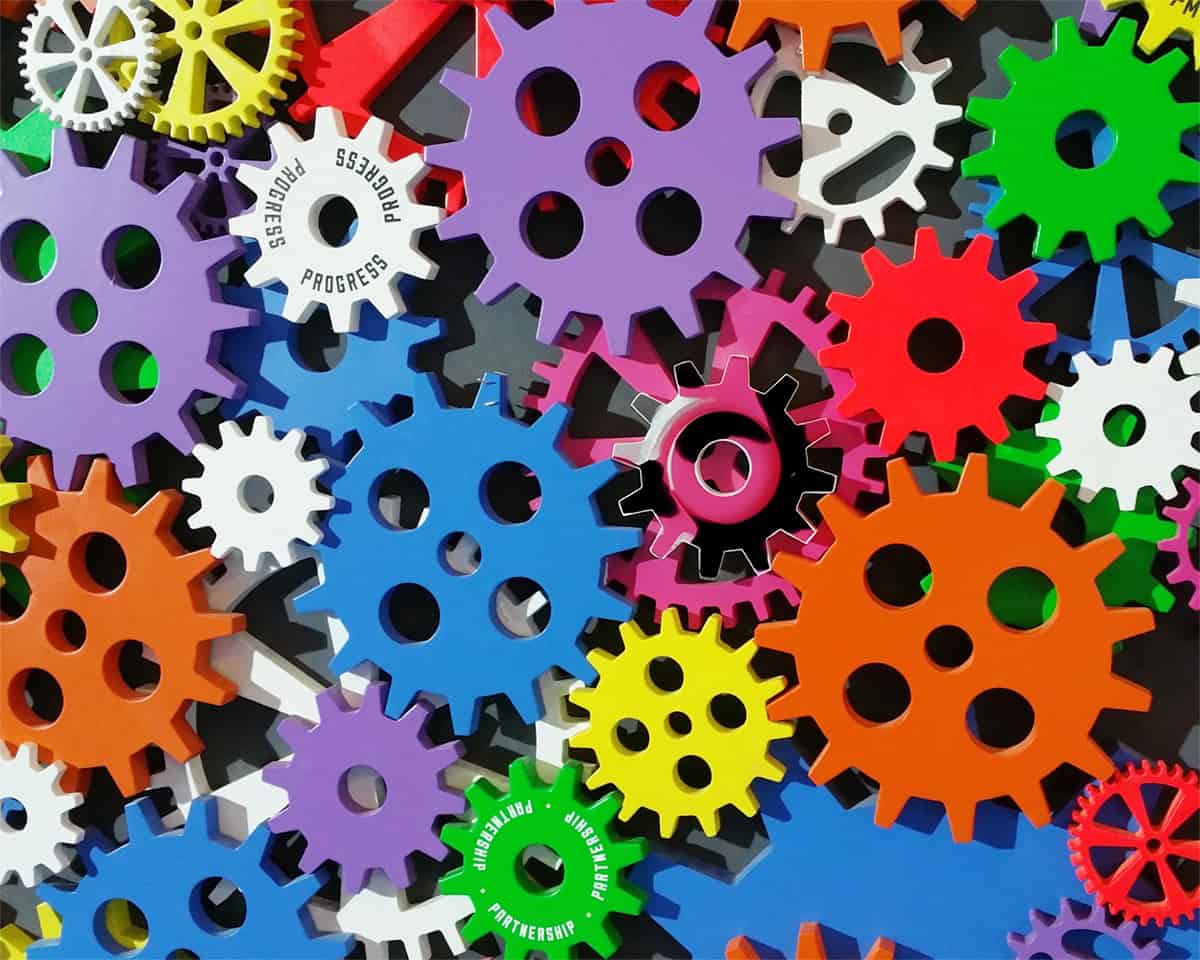GUEST EDITORIAL: HOW MARKETING AUTOMATION CAN HELP RETAILERS

AI-driven marketing technology is improving rapidly and offers retailers numerous ways to generate sales, automate repetitive tasks, and make life as a retailer easier. However, few specialty retailers have the time or financial resources to devote to implementing new technology. Fortunately, most already use a point-of-sale system, which can be easily transformed into a source of new revenue. Below is the playbook.
What is marketing automation?
Marketing automation allows for the delivery of personalized messages and recommendations based on customer data, preferences, and behavior. This enhances the user experience, increases sales, and makes a retailer’s life easier by programming repetitive tasks. Almost every specialty retailer already has a plethora of untapped data sitting idle in their POS system, ready to be transformed into powerful marketing flows. For example, with marketing automation, specialty retailers can:
• Generate sales by automatically sending special offers to customers who haven’t shopped recently.
• Grow social media followers by asking first-time shoppers to follow social media channels.
• Let in-store shoppers know they can also shop online (great for retailers in resort locations with a constant inflow of new customers via foot traffic).
• Ask recent shoppers to leave positive reviews on Google, which will organically boost search engine rankings.
• Segment customer lists by store location.
• Get feedback on recent shopping experiences to improve internal processes (great for multi-location retailers who can’t be in more than one store at a time).
• Automatically identify high-margin customers and send rewards and invitations to exclusive events.
• Suppress sale notices to high-margin customers to reinforce a luxury store image.
• Automatically identify low-margin customers and exclude low-value shoppers from invitations to expensive and exclusive events.
• Maintain a list of high-margin customers for lookalike audiences for acquisition campaigns on social media and digital ad networks.
• Implement replenishment campaigns for items that have a limited lifespan, such as custom shirts.
• Save time by not importing and exporting CSV files from a POS to a marketing platform.
• Keep lists updated for every marketing message.
Don’t forget the 80/20 rule
80 percent of a retailer’s sales come from 20 percent of their customers. Even a modest increase in engagement from a store’s best customers can yield significant profits. In high-end menswear, one additional sale per year from one great customer can be worth thousands of dollars in high-margin revenue. How much would increasing the number of sales per year from your best customers be worth? Implementing marketing automation has the potential to generate hundreds of thousands of dollars per year in new sales.
New Customer Acquisition
Marketing automation can also help specialty retailers find new customers. By automatically identifying a list of high-margin customers, retailers can create lookalike audiences on Instagram, Facebook, and display ad networks. Retailers can easily launch acquisitional marketing campaigns to prospects with characteristics similar to their top customers. Best of all, retailers can invest the new sales they earn from optimizing retention marketing campaigns into funding acquisitional marketing efforts.
Set it and forget it
Once marketing automation is implemented, very little needs to be done on a day-to-day basis. Retailers can use their newfound time towards more enjoyable activities, e.g. building personal relationships with customers, curating new inventory, hosting in-store events, and going on buying trips.
Jake Fell is a Managing Partner at eMarketing Logic, founded in 2002 and serving as a marketing team for more than 75 high-end specialty retailers.
Image, above, by Digital Buggu.








